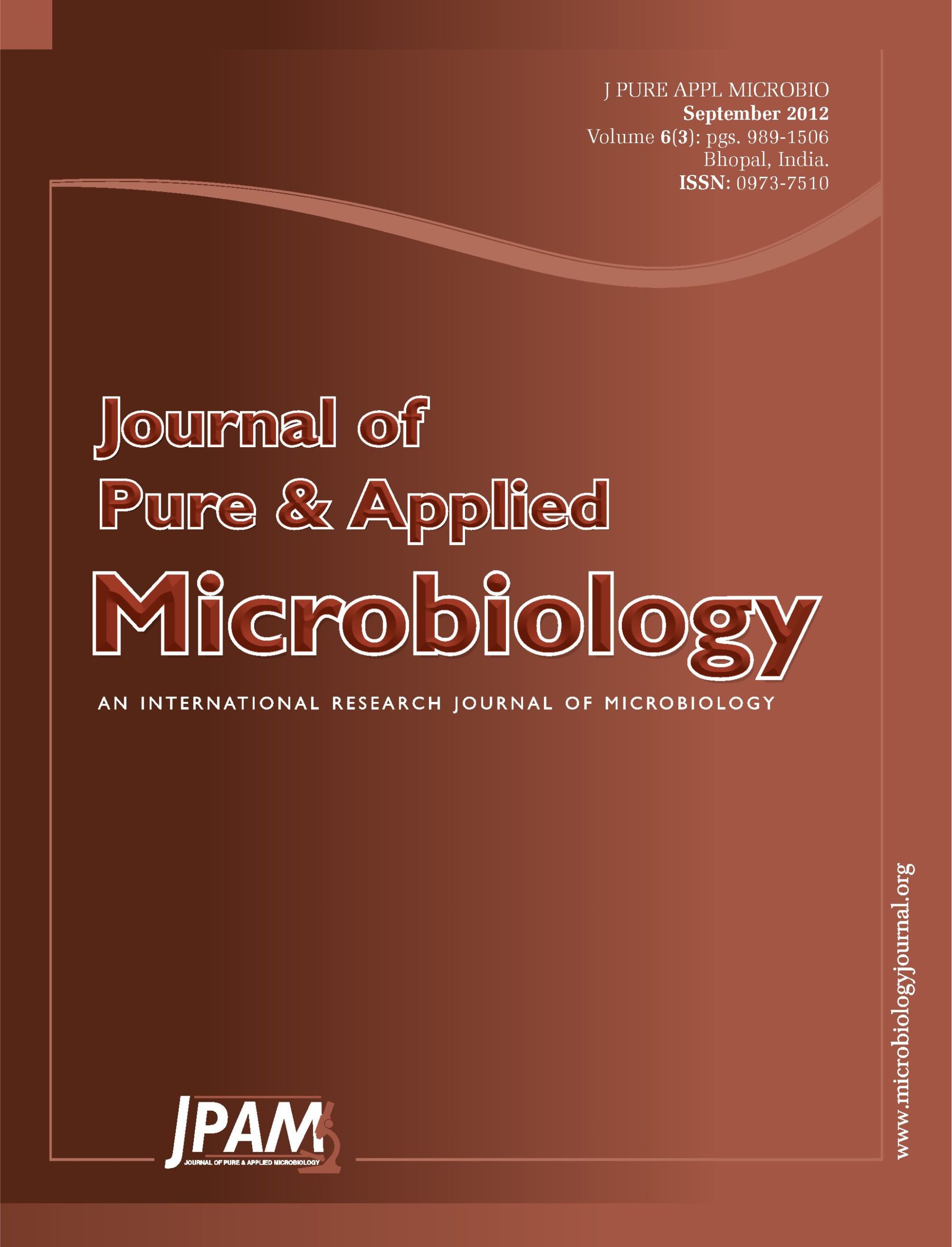Extended –spectrum b- lactamase(ESBL) production in the members of the family enterobacteriaceae can confer resistance to extended spectrum cephalosporin like ceftazidime,cefotaxime and aztreonam.There are more than 200 types of ESBL and all are inhibited by â lactamase inhibitors like clavulanate, sulbactum & tazobactum.In the recent years ,there has been an increased incidence & prevalence of ESBL all over the world and also in various parts of India.The current study was undertaken to know the prevalence of ESBL producing enterobacteriaceae at our tertiary care centre. To know the prevalence of ESBL producing Enterobacteriaceae at our tertiary health care centre. This study was carried out on 185 clinical isolates of Enterobacteriaceae.The screening for ESBL production was done by the disc diffusion test which was recommended by Clinical and Laboratory Standards Institute (CLSI) and confirmed by double disc synergy test(DDST). K.pneumoniae ( 53.51%) was most common isolate,followed by E.coli (42.70%) ESBL production was confirmed in 94( 50.81%)isolates.The isolates of K.pneumoniae (57.4%) were most common ESBL producers,followed by isolates of E.coli(41.4%) and others. There is a high prevalence of ESBL production in our hospital.Specific tests to detect ESBL production should be done routinely and an empirical therapy policy should be applied to high risk units,based on prevalence of ESBL producing Enterobacteriaceae
Double disc synergy test, Enterobacteriaceae, Extended Spectrum β–lactamases, Phenotypic disc confirmatory test
© The Author(s) 2012. Open Access. This article is distributed under the terms of the Creative Commons Attribution 4.0 International License which permits unrestricted use, sharing, distribution, and reproduction in any medium, provided you give appropriate credit to the original author(s) and the source, provide a link to the Creative Commons license, and indicate if changes were made.


